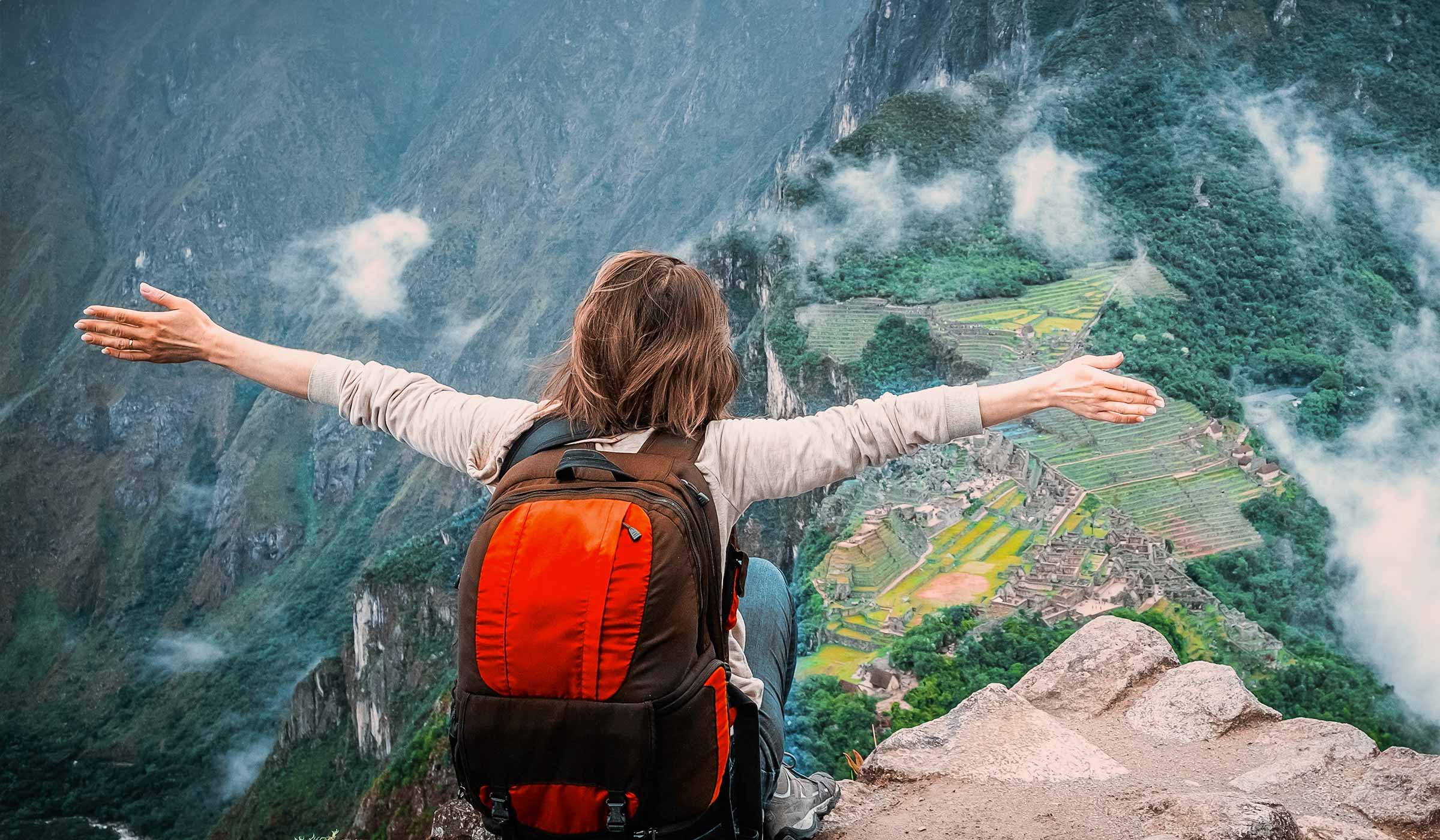The Carnival of Cusco, or “Carnaval Cusqueño,” is one of the most vibrant and colorful festivals in Peru. It’s a time when the city comes alive with music, dance, and ancient traditions, blending Andean roots with Spanish colonial influences.
History
The Carnival of Cusco is a syncretic celebration, combining pre-Hispanic Andean rituals with the Catholic tradition of Carnival. Before the arrival of the Spanish, Andean people celebrated the “Anantay Raymi,” a festival dedicated to fertility and the Pachamama (Mother Earth). With the arrival of the Spanish, this celebration merged with the Catholic Carnival, creating the unique festival we see today.
When and Where
- Timing:
- The Carnival takes place between February and March, with the exact dates varying each year depending on the liturgical calendar. This period coincides with the rainy season in the Andes.
- Locations:
- The main festivities take place in Cusco’s Plaza de Armas, where public and private institutions gather to showcase their cultural heritage.
- Celebrations also occur throughout the city’s neighborhoods and in rural communities in the surrounding valleys.
How it’s Celebrated
- “Yunzas” or “Cortamontes”:
- A central tradition is the “yunza,” where a tree laden with gifts is decorated and then chopped down. Participants dance around the tree, and couples take turns trying to cut it down. The couple that finally fells the tree is responsible for organizing the following year’s yunza.
- This is a very important event, that usualy ends with all participants getting wet from water ballons, buckets of water, and foam.
- Music and Dance:
- The Carnival is filled with traditional Andean music and dances. Groups known as “comparsas” and “pandillas” perform in colorful costumes, showcasing the region’s diverse cultural expressions.
- Water and Flour:
- A playful aspect of the Carnival involves throwing water, flour, and colored powders at each other. This symbolizes the cleansing and renewal associated with the festival.
Who Celebrates
- The Carnival is celebrated by people of all ages and backgrounds in Cusco, including locals, visitors from other parts of Peru, and international tourists.
- It is a moment where the entire population of Cusco, and many tourists mix together in a huge party.
Calendar of Activities
While the specific schedule can vary from year to year, typical Carnival activities include:
- Parades: Colorful parades through the streets of Cusco, featuring dance groups and musical ensembles.
- Competitions: Dance and music competitions between different groups.
- Neighborhood Celebrations: Local celebrations in Cusco’s neighborhoods, with yunzas and other traditional activities.
- The main day of the carnaval is a sunday, where most of the people participate in the water and foam fights.
Food
During Carnival, typical Cusqueño dishes are enjoyed, such as:
- “Puchero” or “Timpu”: A hearty stew made with various meats, potatoes, and vegetables.
- Other typical andean dishes are also very common during those dates.
Key Aspects
- The Carnival of Cusco is a vibrant expression of the region’s cultural heritage, blending Andean and Spanish traditions.
- It’s a time of joy, celebration, and community spirit.
- The festival offers visitors a unique opportunity to experience the rich cultural traditions of the Peruvian Andes.
I hope this information is helpful!








No comment yet, add your voice below!